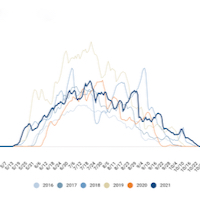
Extent of Bay hypoxia in 2021 about average, but duration relatively long.

Extent of Bay hypoxia in 2021 about average, but duration relatively long.

The VIMS Marine Advisory Program is now accepting applications from commercial interests to compete for funding as part of the Virginia Fishery Resource Grant Program.
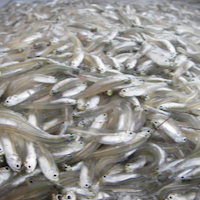
Knowledge can guide efforts to restore, protect vital Bay habitats.
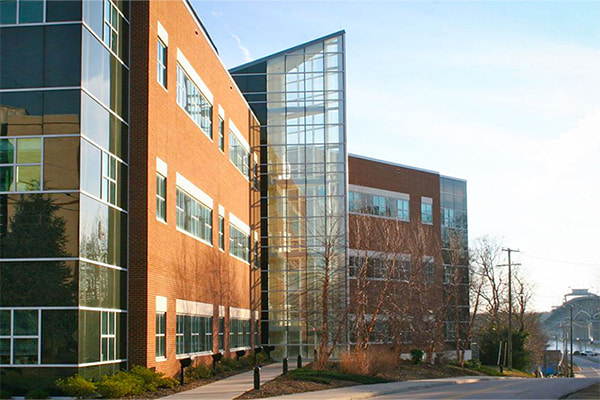
Acuff Center for Aquaculture purpose-built to support the science of shellfish farming.

Results offer valuable perspectives on likely impacts and most effective responses.
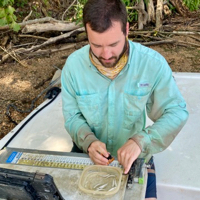
Researchers with VIMS' long-term survey recorded 6.30 young-of-year striped bass per seine haul in the Virginia portion of Chesapeake Bay during 2021, the 9th consecutive year of average or above-average recruitment.

Dr. Bill Walton, Acuff professor of marine science, seeks to foster a thriving, sustainable industry.
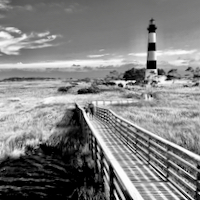
22nd-annual contest recognizes the most noteworthy images captured by VIMS faculty, students, and staff while conducting research in the field and laboratory.

The new program seeks to help students translate between science and society.

Thirty-one new students arrive to pursue master and PhD degrees in marine science.

The collaboration will encourage students to develop solutions for minimizing microplastic damage to the environment, starting at the source of production.
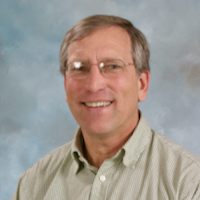
VIMS professor jointly honored for sustained accomplishments in estuarine and coastal science.
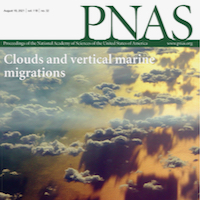
New study shows that some zooplankton migrators react to light cues far more subtle than previously thought.
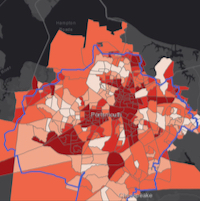
The Elizabeth River Project and VIMS team up to help the non-profit and other community partners more deliberately focus planning efforts in historically under-resourced communities of color.

Nationally renowned ecologist will serve as next dean of William & Mary's School of Marine Science and director of the Virginia Institute of Marine Science.

Examination of long-term monitoring data and tissue collections indicate rise in disease virulence is due to evolving parasite, not just drought.

VIMS professor Rob Latour was honored during commencement weekend with the Thomas Ashley Graves, Jr. Award for sustained excellence in teaching.
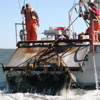
Results from the latest Winter Dredge Survey—conducted annually by VIMS and the Maryland DNR—indicate the female spawning stock remains healthy, but mixed results for abundances by age and sex may mean a lean harvest this fall.

Forum for information sharing and collaboration recognizes four educators for their superb environmental literacy programming and inspired watershed stewardship.
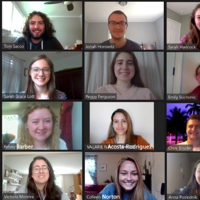
Each year the VIMS community gathers, this year virtually, to recognize exemplary performance by faculty, staff, and students. Learn about this year's honorees.

William & Mary recognizes Joseph “Joey” Matt (MS ’18, Ph.D. '21) for outstanding scholarship, leadership, character, and service.
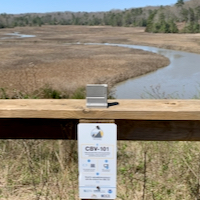
CBNERR educators install system that allows community "cellphone scientists" to build time-lapse photos of environmental change at York River State Park.

VGFTP celebrates the achievements of its top volunteers during 2020 in an online ceremony. 2020 Top Tagger Ed Shepherd has now tagged more than 83,000 fishes during his time in the program.

Local oyster growers may be eligible for $260,000 in funding to deploy new shells and begin spat-on-shell production in target areas, with applications due by May 7, 2021.
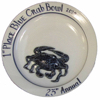
CBGS—Glenns team will move on to represent Virginia at the Virtual NOSB finals in May.

VIMS scientists are asking for angler snapshots to train software to identify different fish species. Their ultimate goal is to put that artificial intelligence into a “RecFish” cell phone app, giving anglers a multi-use field guide and scientists a collaborative tool for better management of recreational species.
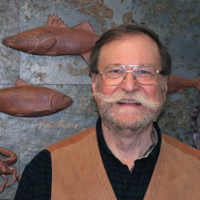
The VIMS community commemorates the incredibly rich career of emeritus professor Dr. Jack Musick, who passed away on February 13.
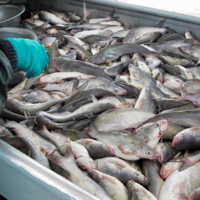
A new VIMS study suggests that continued warming of Atlantic coastal waters may enhance the spread of invasive blue catfish within the Chesapeake Bay and other East Coast estuaries.
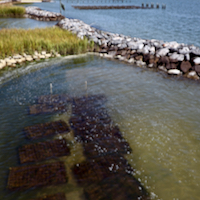
A VIMS-led team will use funds from NOAA to help oyster growers and restoration specialists better manage their future responses to acidification in the Chesapeake Bay.
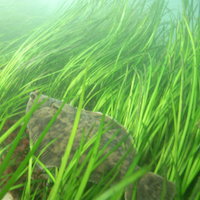
Findings from long-term, landscape-level analyses can help guide conservation planning and enhance efforts to make human communities more sustainable.
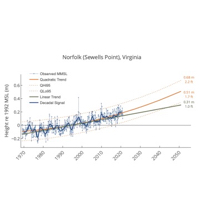
Tide-gauge measurements show that water levels rose at a higher rate in 2020 than 2019 at 26 of 32 stations.

The southern portion of the Chesapeake watershed was unusually warm and wet during 2020, while the northern reaches were warm and slightly dry.

President-elect Joe Biden and Vice President-elect Kamala Harris have named VIMS alumnus Dr. Ike Irby as Policy Advisor in the Office of the Vice President.
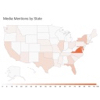
With COVID restrictions curtailing many other activities, VIMS authored 140 journal articles during 2020, with many more in the publication pipeline.